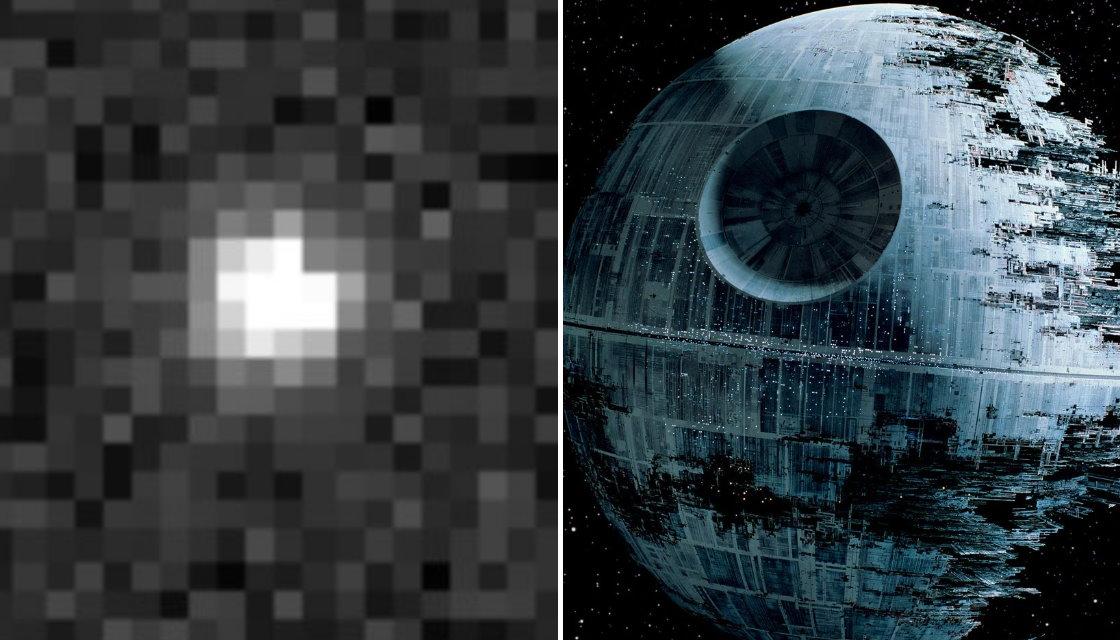
"That's no moon - it's a space station." Not quite, Obi-Wan. In this case, it's a comet.
An enormous comet estimated to be at least as big as the second Death Star from the original Star Wars trilogy has been spotted hurtling our way.
Comet Bernardinelli-Bernstein - named after the astronomers who found it - is currently beyond the orbit of Neptune, the furthest planet from the sun. It was found by Pedro Bernardinelli and Gary Bernstein, who did a deep-dive into data collected by the Dark Energy Survey's massive telescope in the Chilean Andes.
At first they weren't sure what it was, until another astronomer pointed a telescope in Namibia in its direction and saw it developing a coma, confirming it's a comet.
Its estimated size is 160km across, making it easily the biggest comet ever seen in modern times - nearly three times wider than Comet Hale-Bopp and 29 times wider than Halley's Comet. The biggest comet ever recorded was Sarabat in 1729 at 100km wide.
As it's so far away, it's difficult to tell exactly how big it is - it might be as large as 370km across. For comparison, the asteroid that slammed into Earth 66 million years ago and wiped out the dinosaurs was just 10km across.
Comet Bernardinelli-Bernstein has never been seen before because its orbit is wildly elliptical - it takes hundreds of thousands of years to orbit the sun. At its furthest, it's 2 trillion kilometres away. It was initially dubbed 2014 UN271, as the first data in the Dark Energy Survey revealing its existence was recorded in 2014.
Physicist Tony Dunn of San Francisco State University said it was "possibly as large as a dwarf planet".
Simulations of its orbit suggest it's no threat to Earth - it'll come about as close as Saturn before turning around and heading back out to interstellar space. Its closest approach will be in 2031.
But if it did hit Earth, the effects would be devastating - according to Imperial College London's Impact Calculator, it would leave a crater bigger than New Zealand and possibly cause buildings to collapse on the other side of the world.




